GBS’ cloud portfolio offers scalability, flexibility, cost-efficiency, and accessibility to resources on-demand,
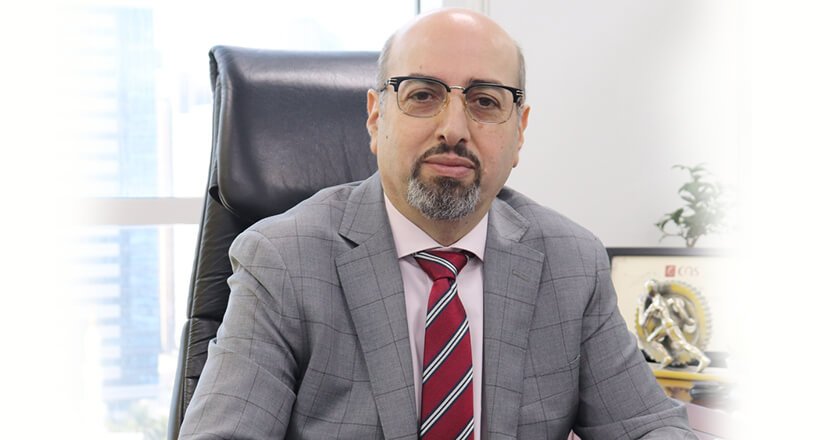

GBS’ cloud portfolio offers scalability, flexibility, cost-efficiency, and accessibility to resources on-demand,

Huawei has also been tireless in its exploration and planning for what the world of 2030 could realistically look like.

John Engates, Field Chief Technology Officer, Cloudflare, explains why Egress fees pose challenges to AI’s potential and the game-changing benefits …
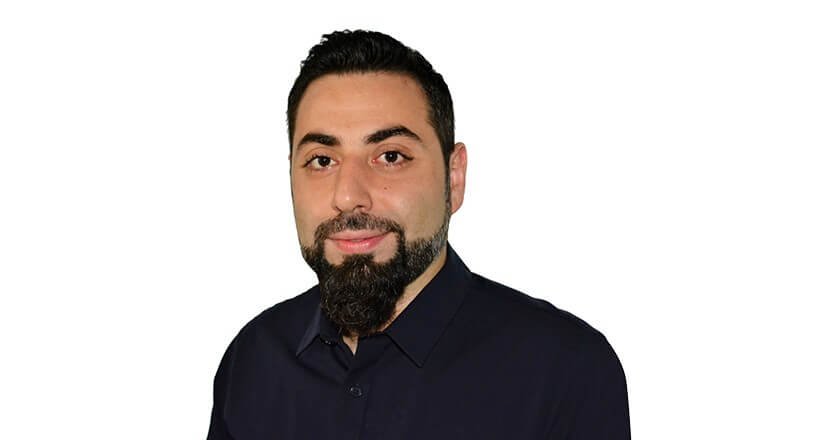
OPINION: Tarek Naja, Solutions Architect, at Qualys, believes that in order to overcome the complexities that come with moving workloads …
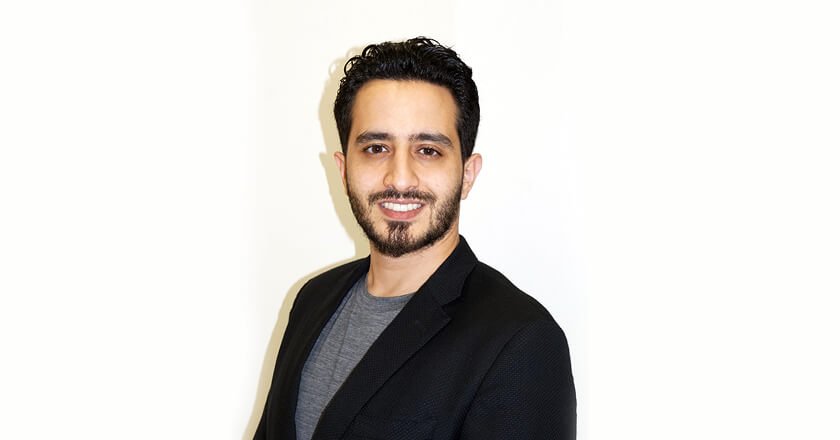
A10 Research Shows that Industry Optimism is a Driving Force for Investments, Reforms and Growth.
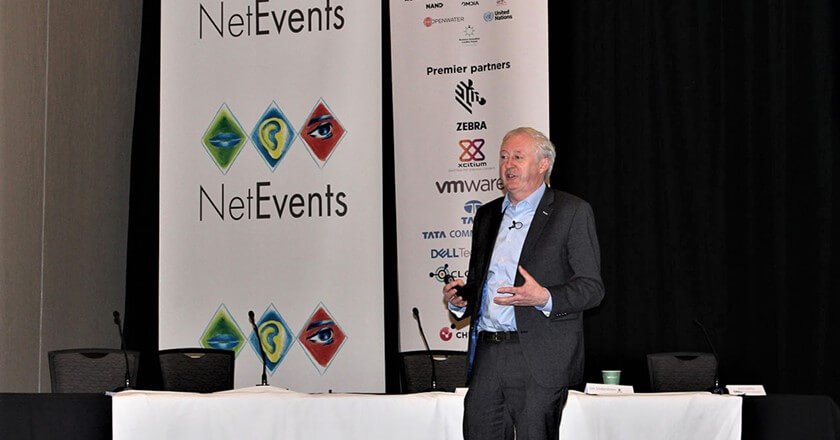
Professor Martin Curley believes that the healthcare industry is a decade behind other sectors in terms of digitalisation. He made …

It is down to the CIO to ensure that an organisation can harness the benefits of modern tools and methods without creating needless complication or an environment they can no longer effectively govern.

Stephen Gill, Academic Head of the School of Mathematical and Computer Sciences, Heriot-Watt University Dubai, assesses the benefits and challenges of AI use in education.

It can be said that ESG and GRC are both critical for business success. Integrating the GRC into ESG goals will reduce costs and boost productivity.
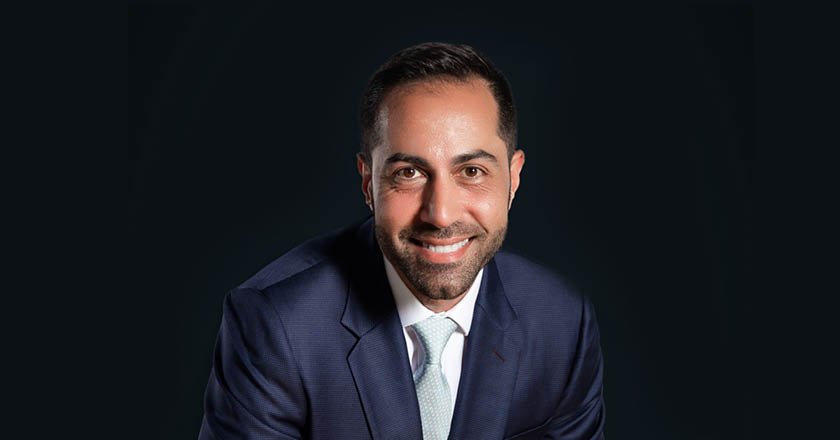
Artificial intelligence moves systems towards human type decision making, while machine language churns data rapidly looking for patterns, improving the capability to block any threat actor.
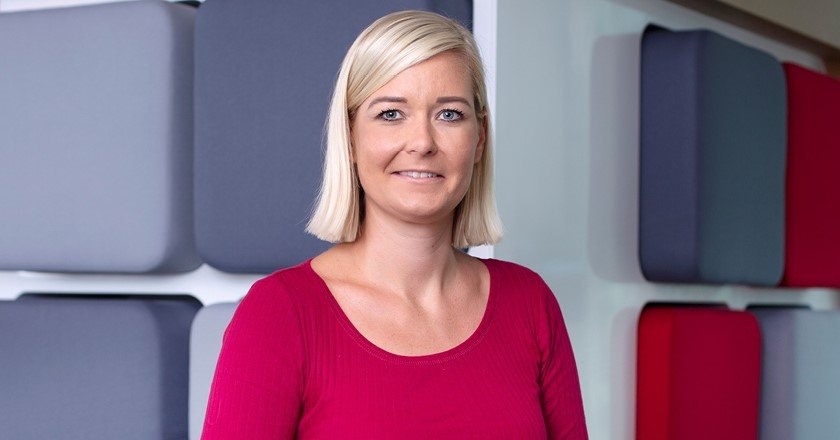
Samantha Rowles, Operations Director for Transport at Serco Middle East, has called the strategy being rolled out by RTA as …
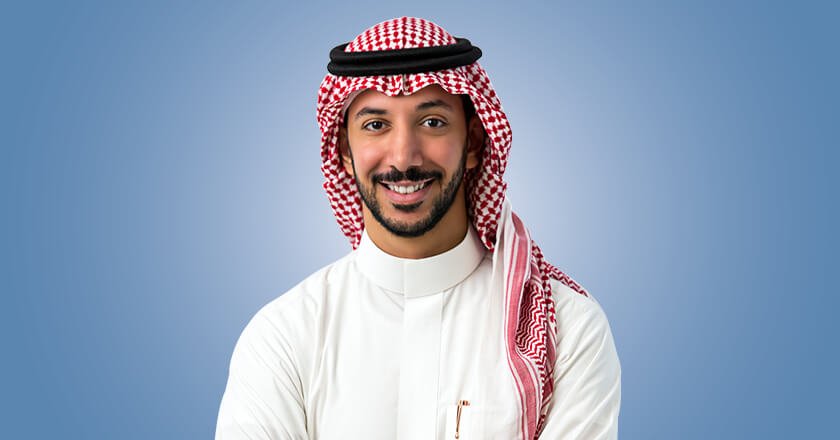
The Rise of Service Robots by Mohammed Aldousari, Regional Robotics Lead at Proven Robotics.

Almost all UAE companies believe artificial intelligence (AI) can help them weather current economic uncertainty, but access gaps between technical …
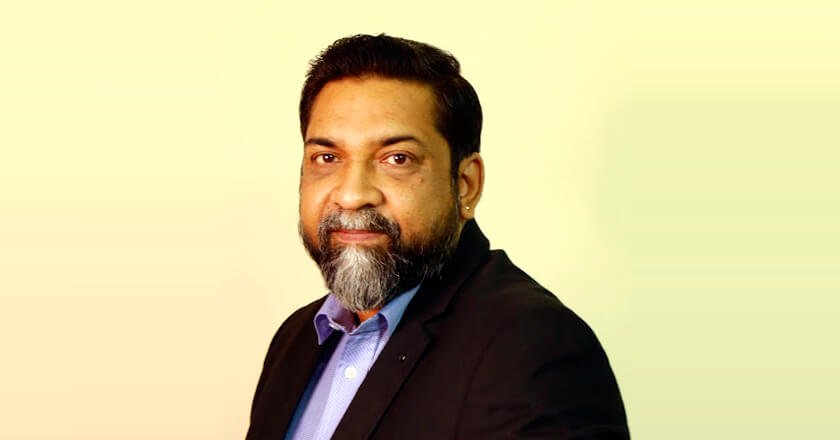
As the Treasury Automation helps treasury teams to harness more data and employ more analytics, those teams will become more strategic and capable of meeting their CFOs’ expectations.